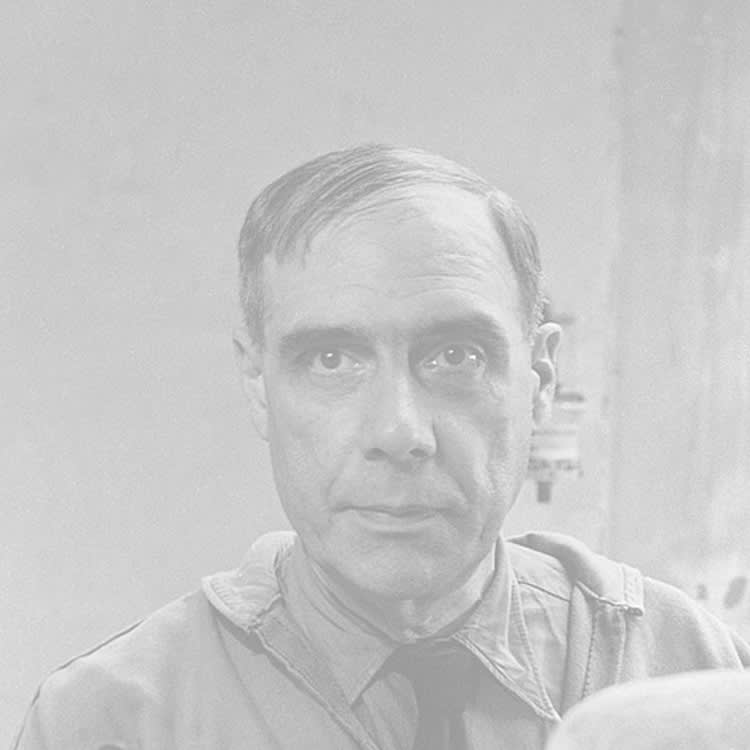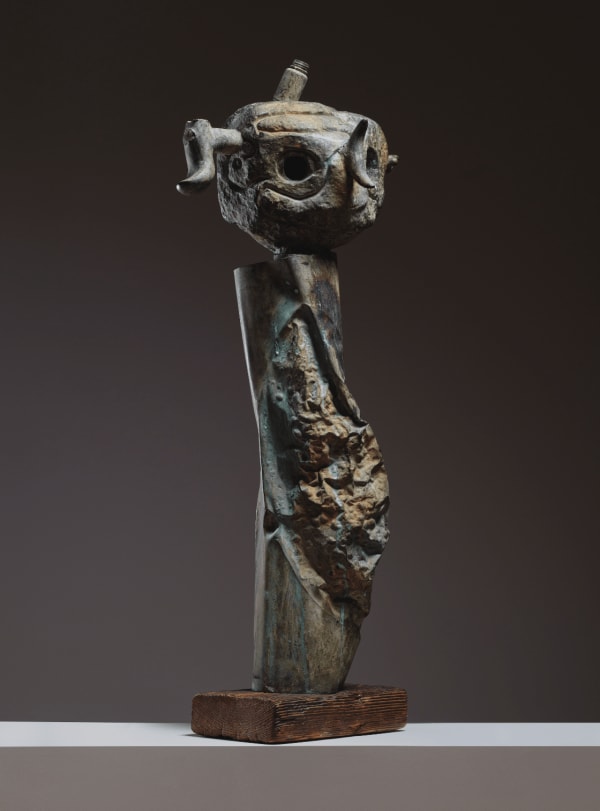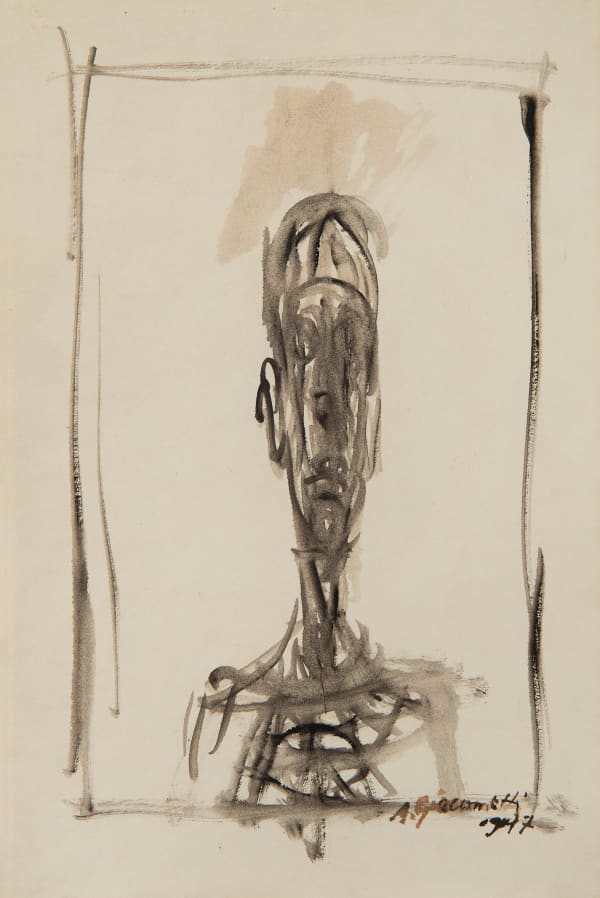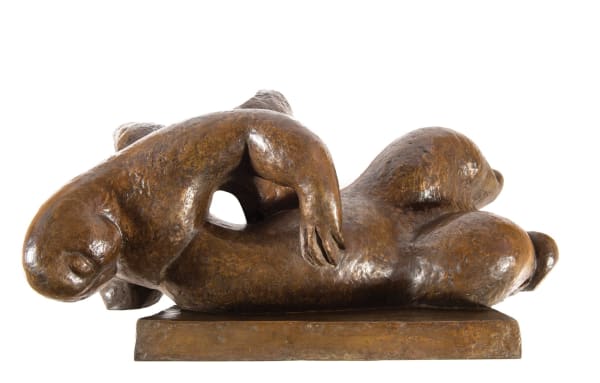HENRI LAURENS 1885-1954
Henri Laurens is a Cubist sculptor, whose works are exhibited at the HELENE BAILLY gallery.
Henri Laurens was a French sculptor from the Ecole de Paris. He was one of the brightest representatives of the Cubist movement. Born in 1885 into a family of Parisian workers, Henri Laurens was a self-taught artist, ornamentalist sculptor by training and practiced on construction sites the traditional techniques of carved stone. At the same time, he followed some drawing courses, produced sculptures in the style of Rodin and had a keen interest in Medieval, Romanesque and Gothic sculpture. He approached Cubism as a sculptor, unlike Braque and Picasso who practiced volume in an experimental way. Living in Montmartre, he worked on his own for several years and met Léger during a stay at La Ruche in 1909, and also became a close friend of Braque since 1911.
It was only in 1915 that he produced his first Cubist works. Such as Picasso, he worked on the effects of intersections plans that materialize the guidelines but selects materials (wood, sheet metal) to create tactile variations. And, above all, he insisted on the polychromy, which, according to him, gave to the sculpture its own light. His work would evolve slowly towards a very personal exaltation of feminine shapes in a spirit of complete independence regarding reality.
Women were a recurrent theme into his work, until his death, more or less mythical ; Laurens used it to express his concept of the relations maintained between volumes and vacuum. He conducted researches in a Cubist spirit until 1925, and then went back to the stone and monumental sculptures in the round.
Henri Laurens died in Paris in 1954.



